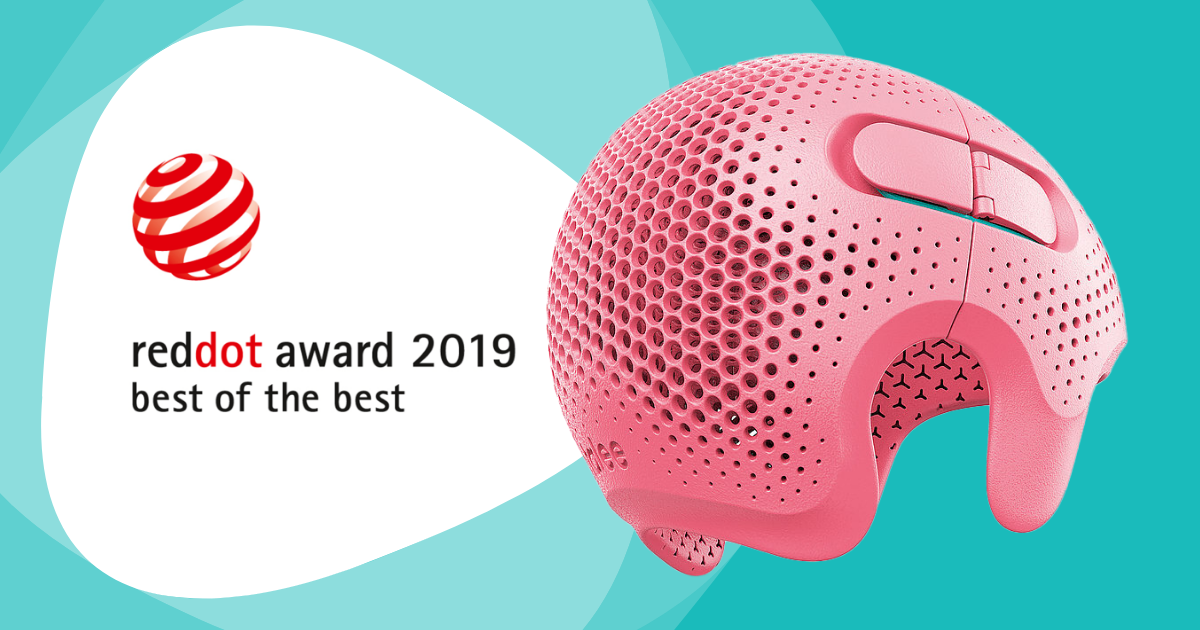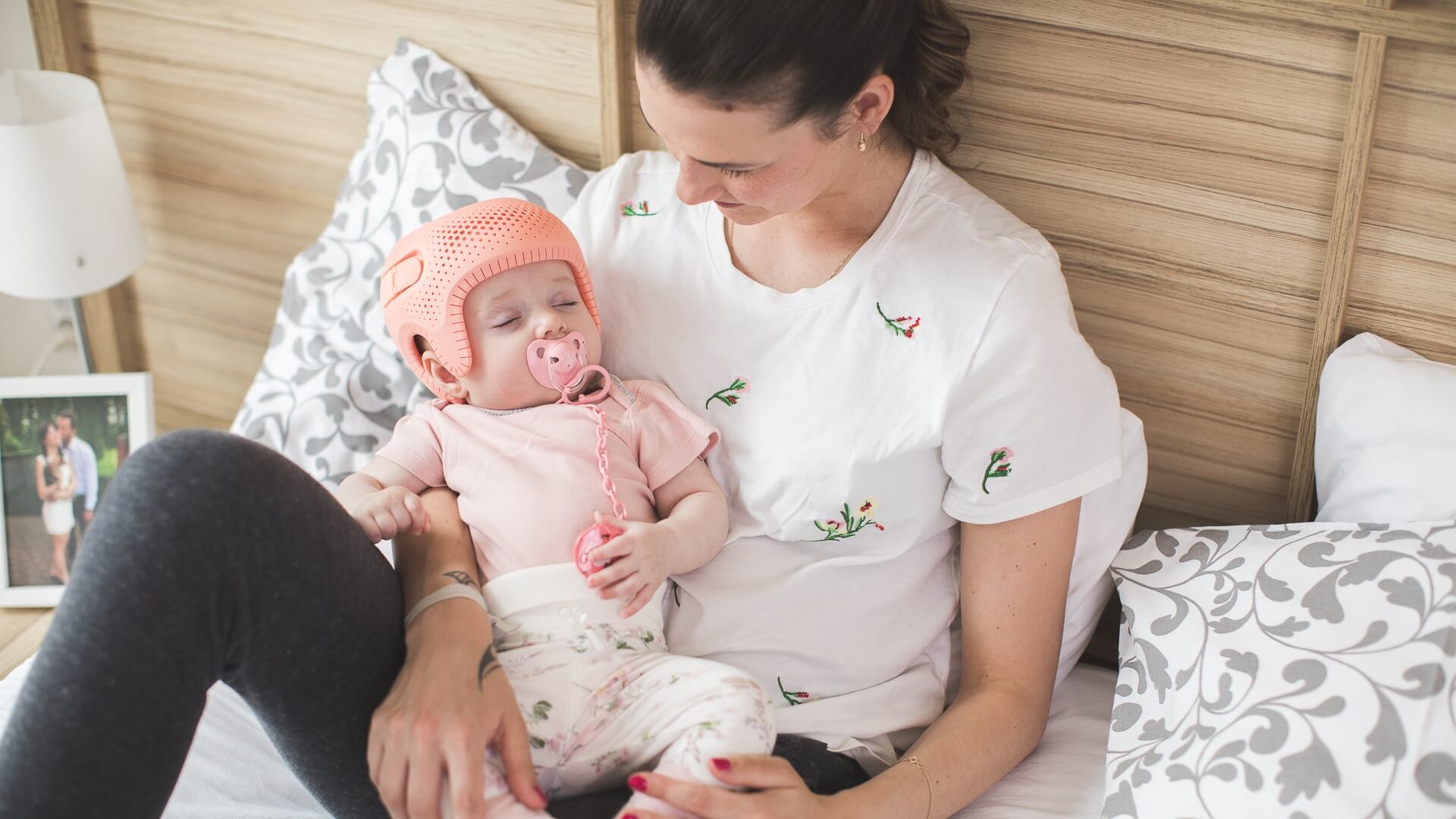Reshaping the future
Who we are
Technology in Motion are the global leaders in cranial orthotic treatment, having provided effective and gentle care to babies since 1993. We've achieved success with 97% of the infants that we treat, and our experience is unmatched.
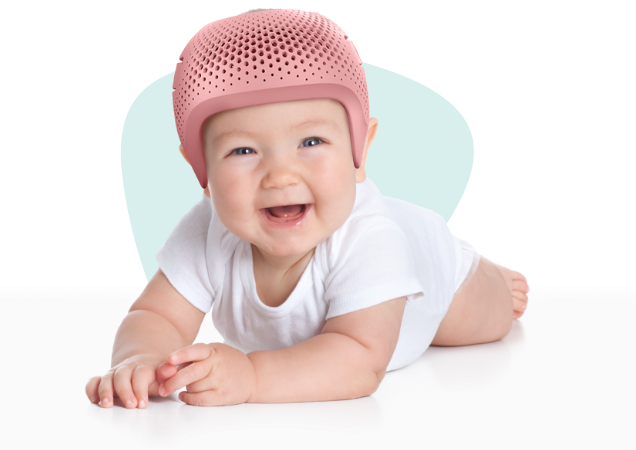
We specialise in cranial remoulding treatment for babies with flat head syndrome (plagiocephaly and brachycephaly) and craniosynostosis, with advanced orthotics overseen by world-class clinicians.
We know you want the best for your child, and the financial pressure which that can bring. To help relieve some of that stress, we offer budget-friendly finance options to suit your personal requirements.
Remote appointments & treatment available wherever you are
Free Expert Assessment and treatment
Measurable results, with detailed reports
Various finance and payment options
Remote appointments & treatment available wherever you are
Free Expert Assessment and treatment
Measurable results, with detailed reports
Various finance and payment options
Our award-winning orthotic helmets
We’ve partnered with Invent Medical to offer the most advanced 3D-printed orthotic helmets. Light, breathable, eco-friendly and custom-fitted patient specific for every patient, our helmets are designed for hygiene and comfort whilst being worn.
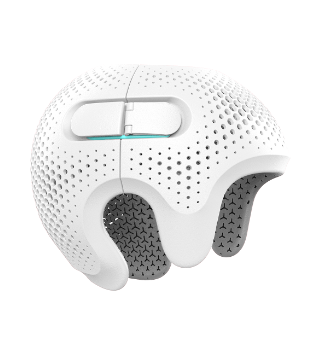

TiMbandAir
The cranial remoulding helmet
The award-winning TiMbandAir is a cranial remoulding helmet that gently and effectively treats flat head syndrome (plagiocephaly and brachycephaly) and craniosynostosis, guiding your baby’s head to regain a normal shape as they grow.
Close
TiMbandAir Protect
The lightweight & durable protective helmet
With our extensive experience in cranial orthotics, we developed TiMbandAir Protect, a head protection helmet, suitable for long-term wear for adults and children with epilepsy, cerebral palsy, or struggling with self-harm.
Close
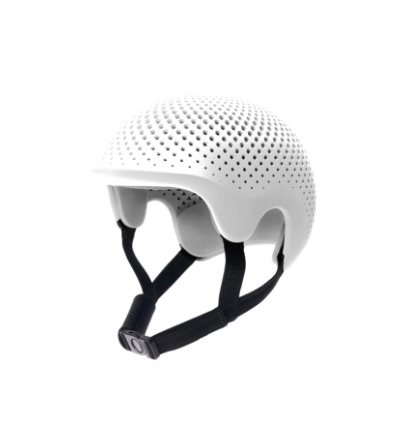




TiMbandAir
The cranial remoulding helmet
The award-winning TiMbandAir is a cranial remoulding helmet that gently and effectively treats flat head syndrome (plagiocephaly and brachycephaly) and craniosynostosis, guiding your baby’s head to regain a normal shape as they grow.
TiMbandAir Protect
The lightweight & durable protective helmet
With our extensive experience in cranial orthotics, we developed TiMbandAir Protect, a head protection helmet, suitable for long-term wear for adults and children with epilepsy, cerebral palsy, or struggling with self-harm.
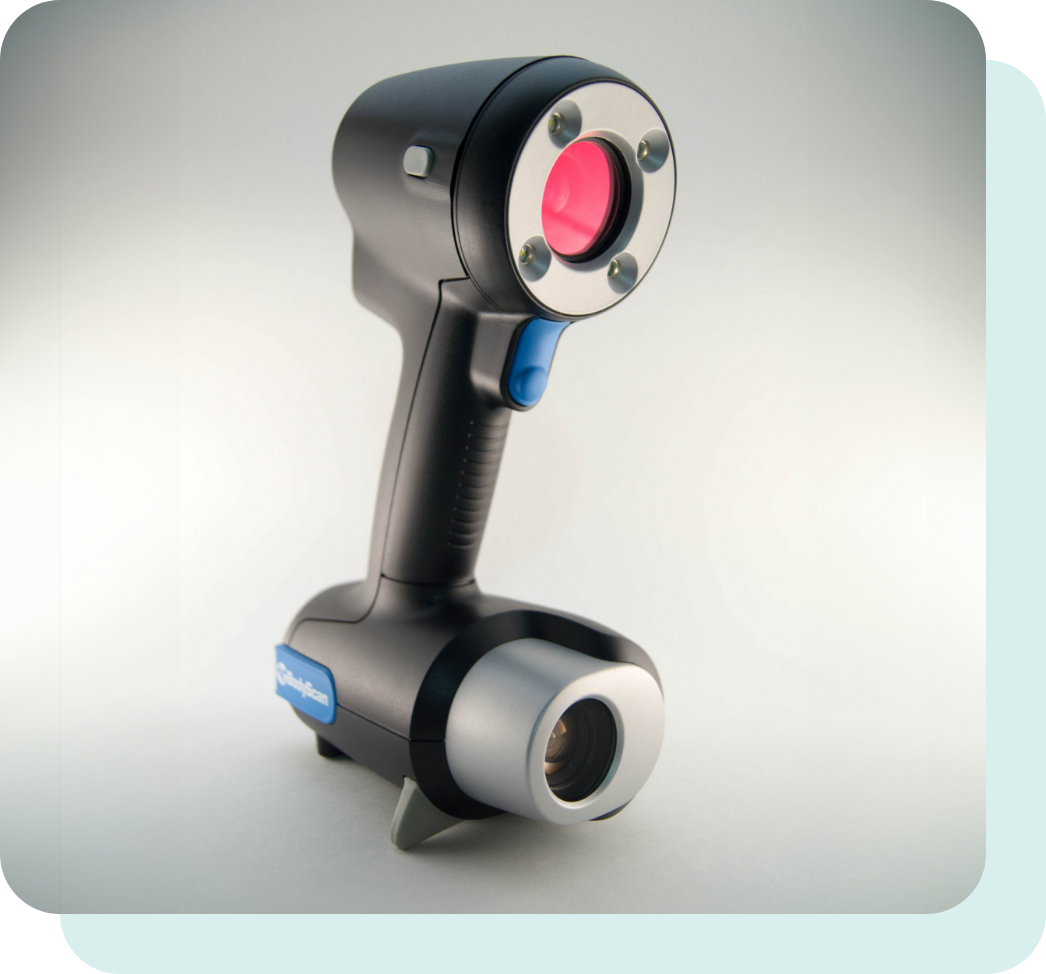
Accreditations
All of our clinicians are qualified orthotists and specialists in their field. They are members of the British Association of Prosthetist and Orthotists (BAPO) and registered and regulated by the Health and Care Professions Council (HCPC).
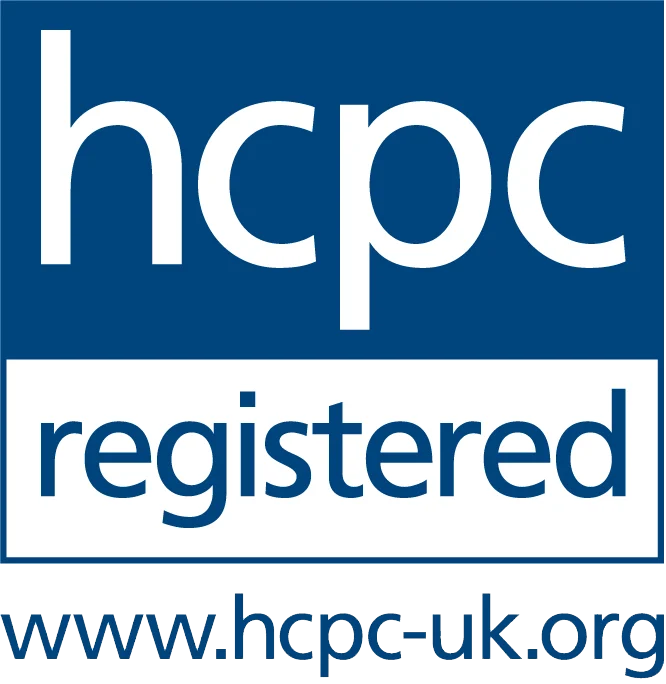
Read more about our partnerships with Great Ormond Street Hospital and other NHS Trusts.
Partnered with
Treatment where you are
First established in 1993, we have the largest network of orthotic clinics in the UK with a well-deserved reputation for excellence.
Our world-class clinicians also offer remote treatment to families outside of the UK.
Sevenoaks
Sevenoaks Podiatry
7 Pembroke Road
Sevenoaks
Kent
TN13 1XR
0330 100 1800 info@technologyinmotion.com
Canary Wharf
The London Wellness Clinic
Port East Building, West India Quay,
14 Hertsmere Road
London
E14 4AF
0330 100 1800 info@technologyinmotion.com
Hersham
Braced for Scoliosis
Ground floor
336 Molesey Road
Walton on Thames
KT12 3PD
0330 100 1800 info@technologyinmotion.com
Ashtead
Oakwood
Oakwood Physiotherapy Clinic
93-95 Green Road
Oakwood
London
N14 4AP
0330 100 1800 info@technologyinmotion.com
Hillingdon
The Penn Clinic
Unit 1.3 Cedars House
Vine Lane
Hillingdon
UB10 0NF
0330 100 1800 info@technologyinmotion.com
Oxford
Wheatley Complementary Therapy Clinic
Oxford
Oxfordshire
OX33 1XX
0330 100 1800 info@technologyinmotion.com
Northampton
Coventry
Birmingham
The Guildhall Practice
265B Alcester Road South
Kings Heath
Birmingham
B14 6DT
0330 100 1800 info@technologyinmotion.com
Nottingham
Pyramid Performance & Health
Cromwell Court Kneeton Road
East Bridgford
Nottingham
NG13 8LP
0330 100 1800 info@technologyinmotion.com
Bristol
The Berkeley Centre
3 Berkeley Square
Clifton
Bristol
BS8 1HL
0330 100 1800 info@technologyinmotion.com
Manchester
Cheadle Osteopathy
4 Wilmslow Road
Cheadle
Cheshire
SK8 1BT
0330 100 1800 info@technologyinmotion.com
Leeds
Unit 2 Mortec Business Park
York Road
Whinmoor
Leeds
LS15 4TA
0330 100 1800 info@technologyinmotion.com
Bolton
Newlands Estate Business Centre
315 Chorley New Rd
Bolton
BL1 5BP
0330 100 1800 info@technologyinmotion.com
Dublin
New Ireland Orthotic Services
Woodlands Office Park
3A, Southern Cross Rd, Kilruddery Demesne East
Bray, Co. Wicklow
A98 CR93
0330 100 1800 info@technologyinmotion.com
Glasgow
Bothwell Parish Church Centre
52a Main Street
Glasgow
G71 8EX
0330 100 1800 info@technologyinmotion.com
Durham
Platinum Physiotherapy & Personal Training
17 Front Street East
Coxhoe
County Durham
DH6 4DB
0330 100 1800 info@technologyinmotion.com
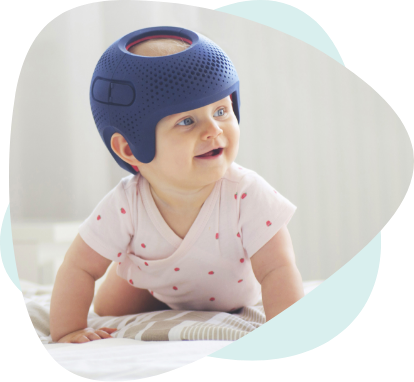
Read stories from other parents who have gone through orthotic treatment with their babies.
We’re so happy with the results and can honestly say we as a family have felt very well looked after during the treatment. You’ve always explained everything and showed us the results along the way and what to expect. There’s never been a time that we’ve left your office and felt disappointed or confused.
Kai's parent
Our specialists are here to provide honest, objective clinical advice. If you have a question or need advice, get in touch with our friendly team.

